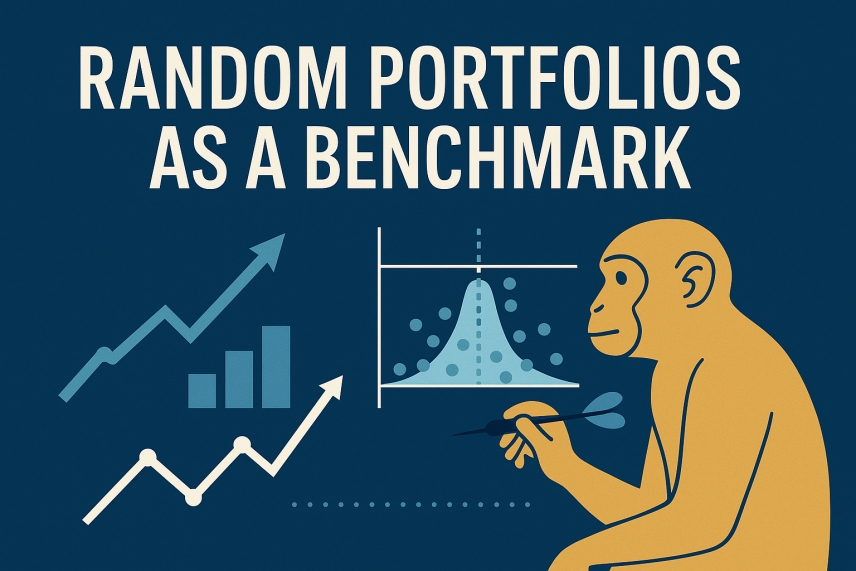Investors often compare performance to market indexes like the S&P 500, but traditional benchmarks have built-in biases. The S&P 500, for example, is heavily skewed toward large-cap stocks and “is not a good benchmark for measuring alpha” – it reflects a size-factor bias rather than pure manager skill. All major indexes systematically tilt toward certain factors (size, sector, value/growth, etc.), meaning they’re not truly passive representations of “the market.” In contrast, a benchmark based on randomly constructed portfolios avoids those biases. Random portfolios – essentially naïve baskets of stocks selected with no particular weighting scheme – provide a neutral point of reference for performance. In fact, Stock Trends has long advocated that “the only truly passive approach to the markets is one that employs random portfolio construction”, since it doesn’t favor any subset of stocks by design.
Random Portfolios as a Benchmark: A Smarter Yardstick for Performance
- Published in Stock Trends


 Hence, anyone who had followed the "Stock Trends" line should have sold their Bre-X shares and, with the windfall, paid for a lifetime subscription to The Globe and Mail and more. Talk about return on investment!
Hence, anyone who had followed the "Stock Trends" line should have sold their Bre-X shares and, with the windfall, paid for a lifetime subscription to The Globe and Mail and more. Talk about return on investment!


